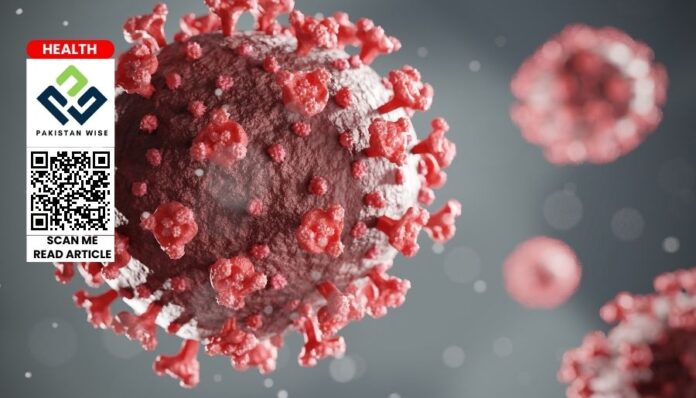In the ongoing saga of the COVID-19 pandemic, a new protagonist has emerged, altering the trajectory of the virus’s spread: the JN.1 variant of the SARS-CoV-2 virus. This highly mutated form has surged, contributing significantly to the escalating number of COVID-19 cases across the United States. The prevalence of JN.1 has risen dramatically, surging from a mere 8% to a staggering 20% of all reported cases.
The Impact of JN.1
This particular variant, distinguished by its rapid transmission, raises critical concerns regarding its contagiousness and its potential to bypass immune responses. Health authorities are closely monitoring the situation as hospitalizations and fatalities continue to mount, particularly in regions like the Midwest and mid-Atlantic. The surge aligns with the seasonal pattern of respiratory illnesses, exacerbated by indoor gatherings and holiday festivities.
Insights into JN.1: Key Characteristics and Understandings
Despite its heightened transmissibility, current data suggests that JN.1 does not necessarily induce more severe illness compared to other variants. Encouragingly, existing COVID-19 vaccines and treatments demonstrate efficacy against this variant. Initially identified in the U.S. in September, JN.1 shares lineage with BA.2.86, a descendant of the omicron lineage. Unlike the original omicron strain that strained healthcare systems in 2022, JN.1 poses a lower level of risk.
Mitigating the Risk
Vaccination and prior infection play pivotal roles in mitigating the risk of severe illness from JN.1. Swift vaccination remains strongly advised, especially for individuals engaging in holiday gatherings. Additional precautionary measures like mask-wearing in crowded indoor settings are recommended, particularly for vulnerable populations such as the elderly or those with underlying health conditions.
The Ever-Evolving Virus Landscape
As JN.1 takes center stage, it serves as a reminder of the virus’s constantly evolving nature, perpetually generating new variants. While its surge holds significance, it does not signify a complete reshaping of the pandemic landscape. Health authorities emphasize the critical importance of vigilance, vaccination, and continual surveillance to effectively navigate the challenges posed by the ever-adapting array of COVID-19 variants.
| JN.1 Variant Prevalence | Initial Detection | Lineage |
|---|---|---|
| 20% of reported cases | September | Descendant of omicron lineage |

